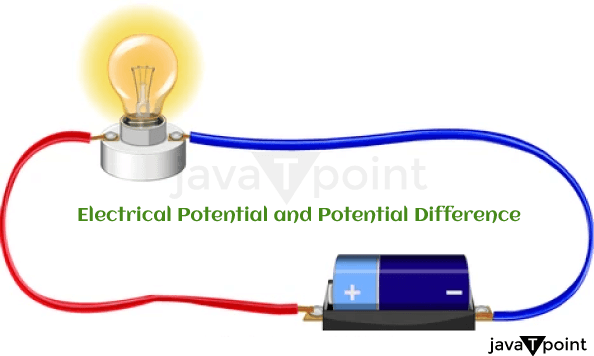Electrical Potential and Potential DifferenceElectrical Potential and Potential Difference: Understanding the Driving Forces of Electricity
Electricity, the powerful pressure that fuels our current international, is governed by using numerous essential ideas. Among those ideas are electrical capacity and potential distinction, which play a critical position inside the flow of electrical price. Understanding those concepts is important for comprehending the behavior of electrical circuits and the underlying concepts of electrical structures. In this article, we are able to delve into the arena of electrical ability and capacity difference, exploring their definitions, importance, and applications. Electrical ability, additionally referred to as electric powered ability strength per unit rate, is a degree of the electric ability energy held by using a charged particle within an electric discipline. It represents the quantity of work accomplished to bring a unit high quality rate from infinity to a specific factor inside the area. Electrical capacity is measured in volts (V), named after Italian physicist Alessandro Volta, who pioneered the observation of power inside the overdue 18th century. Imagine an electric subject as a panorama with hills and valleys. The electric powered ability at a point corresponds to the height of the landscape at that vicinity. Just as an object placed at a better elevation possesses gravitational capacity strength, a charged particle located at a factor with a better electric capacity possesses electric powered potential energy. The electric powered capability is a scalar amount, that means it has importance however no direction. Potential difference, also called voltage, refers to the difference in electric powered ability among factors in an electric powered field. It represents the work accomplished per unit fee in moving a price from one point to another within the field. Potential difference is measured in volts as well and is denoted by using the symbol ΔV (delta V). To better understand capacity differences, let's recollect a simple analogy. Imagine a water pipe with a strain distinction at every stop. The capacity distinction in this situation corresponds to the strain difference, using the drift of water from the higher strain area to the lower strain location. Similarly, in an electric circuit, capability distinction acts because of the riding pressure that pushes electric powered prices from a place of better capacity to a location of lower capability, organizing an electric present day. In realistic terms, capability distinction is often called voltage. Voltage is what powers our electrical gadgets, lighting our homes and enabling digital gadgets to function. Batteries, power elements, and mills are all sources that provide a potential difference, allowing the flow of electrical price and enabling electric work to be finished. Ohm's Law, an essential dating in electrical circuits, describes the connection among potential distinction, modernity, and resistance. According to Ohm's Law, the current (I) flowing via a conductor is at once proportional to the capability difference (V) carried out across it and inversely proportional to the resistance (R) of the conductor. Mathematically, Ohm's Law is represented with the aid of the equation V = IR, in which V is the capability distinction, I is the modern, and R is the resistance. Potential difference is essential in designing and studying electric circuits. Engineers and electricians take into account the potential difference across components to make sure right functioning and safety. By controlling the capability distinction, they can regulate the go with the flow of modern and guard devices from immoderate voltage, which can result in harm or even pose a protection risk. Difference between Electrical Potential and Potential Difference
These points highlight the differences between electrical capacity and capacity distinction, showcasing their definitions, measurements, bodily interpretations, and realistic programs.
Next TopicRAM and Cache
|
 For Videos Join Our Youtube Channel: Join Now
For Videos Join Our Youtube Channel: Join Now
Feedback
- Send your Feedback to [email protected]
Help Others, Please Share









